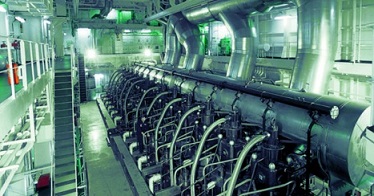
Cargo ships engine breakdown in a seaway -How to deal with engine trouble
To achieve the economy of scale shipping industry saw some dramatic increase in ship size and capacity over the years as vessels are getting bigger, so do their engine. However, any major breakdown of such gigantic engines got consequences. Machinery trouble at sea now a growing concern for ship operators. If a ship failed to maintain her itinerary due to unexpected engine failure, it incurs substantial financial losses to ship operators. Surging repair cost and additional time needed to complete an unscheduled repair giving rise to insurance claims. The ultimate result is a negative impact on the shipowners' business reputation. To minimize losses to all concerned a prudent shipmaster, therefore, need to apply his best judgment while adopting emergency measures
. We have summarized below some key points that might be useful.


